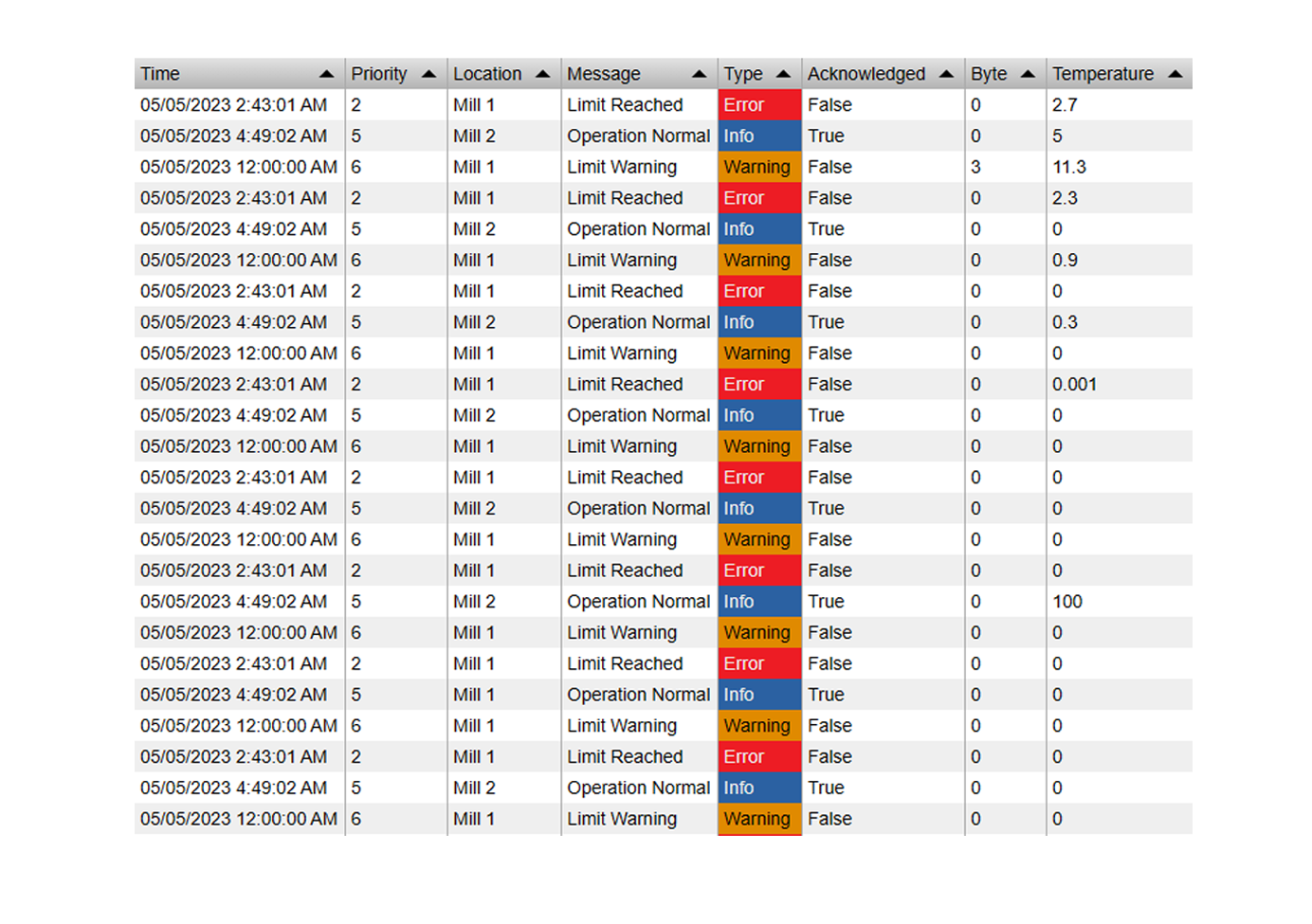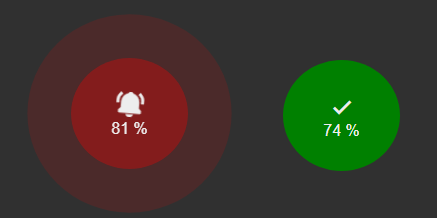What is a Heatmap?
A heatmap is a powerful data visualization tool that leverages a color-coded matrix to represent individual data values. Imagine a grid where each cell is shaded with a color according to its corresponding data point. Lighter or darker shades, along with vibrant colors, indicate the intensity of the value, immediately translating complex numbers into an intuitive visual representation.
Essential for Visualizing Process Data
Heatmaps are invaluable when working with large and intricate datasets, common in industrial processes. Here's why they are vital for process data visualization:
- Rapid Pattern and Trend Identification: The human eye quickly perceives color variations. Analyzing a heatmap, users can instantly spot patterns, trends, and clusters within their data that might have gone unnoticed in traditional tables or spreadsheets.
- Multivariate Analysis: Heatmaps excel at displaying data with multiple variables. By simultaneously representing several parameters with color, heatmaps reveal relationships and correlations between different process elements, critical for in-depth process understanding.
- Identifying Outliers and Anomalies: Unexpected variations or unusual behavior often lead to inefficiencies or process failures. Heatmaps highlight these anomalies, enabling engineers to take corrective actions proactively.
Heatmaps in the Energy Industry: Key Applications
Heatmaps hold immense power for the energy industry, where complex processes and vast amounts of data are the norms. Let's explore some key use cases:
- Optimizing Power Generation: Heatmaps can visualize energy consumption trends across different facilities, production units, or geographic regions. This analysis identifies areas with high energy demand or potential inefficiencies, leading to targeted optimization strategies for cost reduction and sustainability.
- Monitoring Equipment Health: By mapping sensor data such as temperature, vibration, or pressure onto heatmaps, engineers can gain a visual overview of equipment health. Color-coded 'hotspots' indicate potential anomalies or impending failures, allowing for predictive maintenance and avoiding unplanned downtime.
- Visualizing Renewable Energy Integration: Heatmaps can compare power generation patterns from solar, wind, or other renewable sources against the overall energy grid. This visualization helps analyze the stability of the grid, identifies energy storage needs, and promotes more efficient integration of renewable resources.
- Analyzing Energy Markets: In energy trading and distribution, heatmaps can display real-time price fluctuations, supply and demand patterns, and regional trends. This information empowers energy traders and distributors with crucial insights for making informed decisions.
Advanced Features for AVEVA PI Vision
Heatmap+ offers sophisticated heatmap capabilities, empowering users to extract even deeper insights from their process data:
- Highly Customizable: Users can choose color palettes, set thresholds for data ranges, and add reference lines to tailor heatmaps to specific requirements and enhance readability.
- Dynamic Data Handling: Adapt heatmaps on the fly by adding or removing data sets, changing time frames, or switching between different process variables.
- Tooltips and Drill-Down: Provide additional context by incorporating tooltips that reveal detailed information upon hovering over specific cells. Further, drill-down features enable users to zoom in on areas of interest for granular analysis.
Conclusion
Vision Library+ Heatmaps transform the way energy industry professionals interact with complex process data. The intuitive color-based representation facilitates swift pattern recognition, simplifies analysis of multiple variables, and highlights critical insights. This visualization empowers engineers, operators, and decision-makers to optimize energy generation, distribution, and consumption, driving efficiency, sustainability, and reliability in the energy sector.
Click here to learn more about Heatmap+ for AVEVA PI Vision.
Below are some example use cases for the heatmap chart:





















